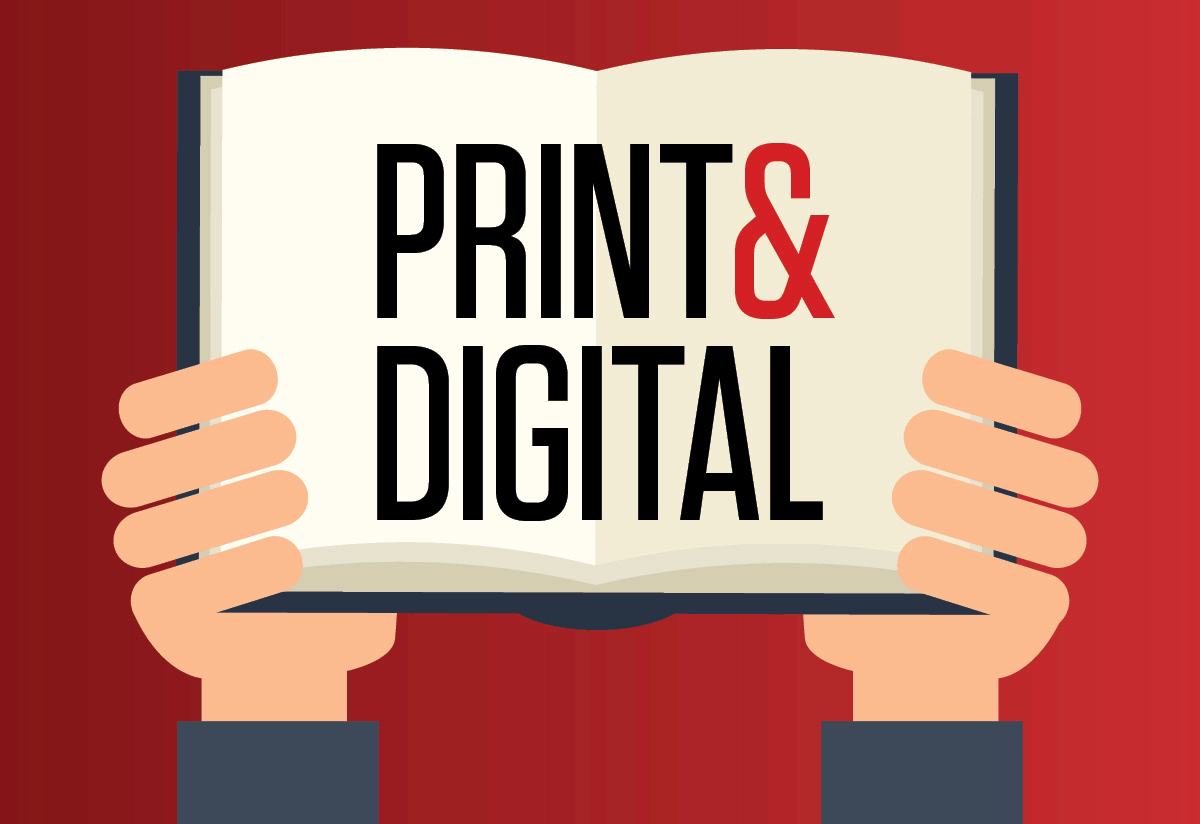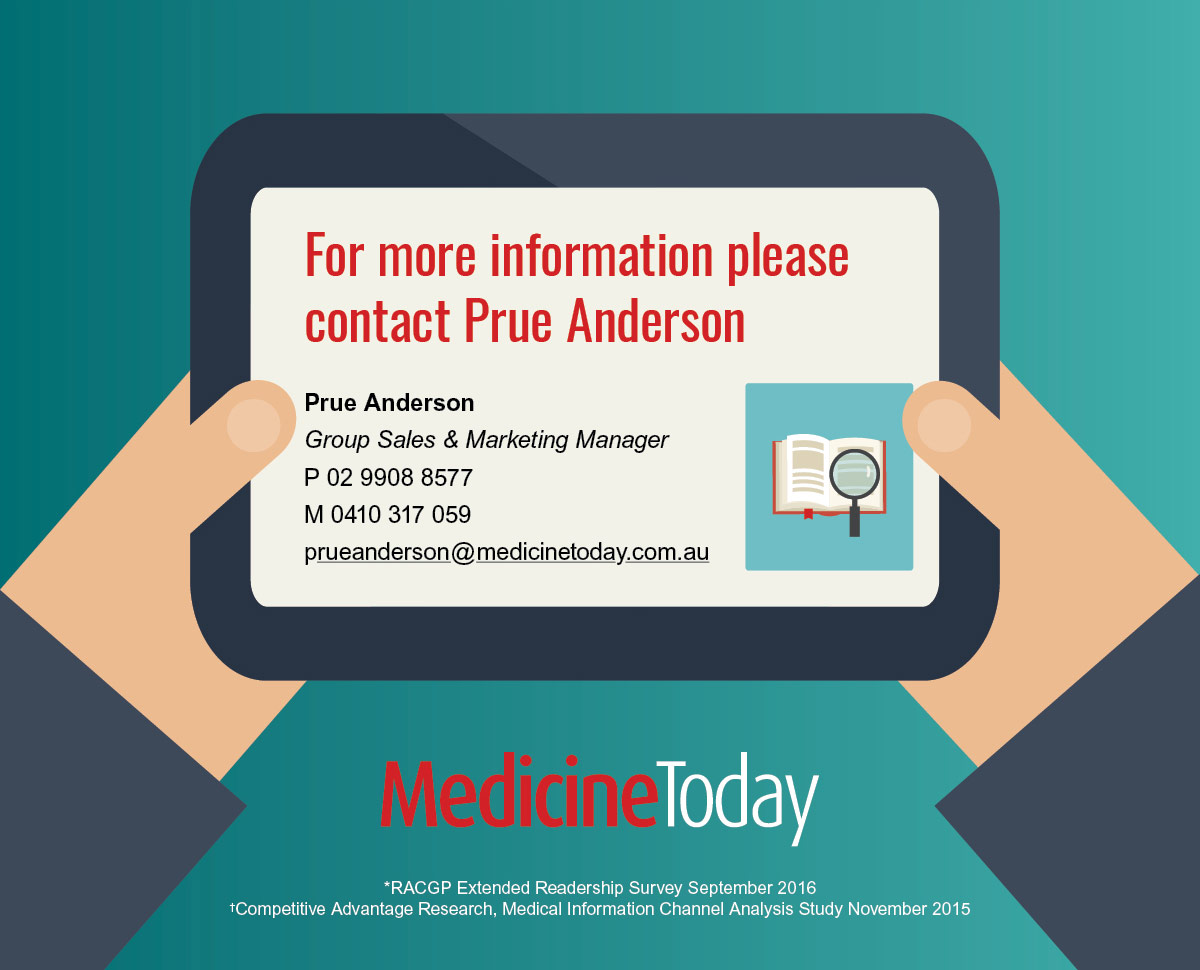
Print unaffected by the rise of digital
GPsʼ love of printed medical publications shows no sign of diminishing. Print publications continue to be the most favourable medium by far for the cost-effective delivery and continual reinforcement of your brand message. However, print mediaʼs digital channels continue to evolve, with online channels complementing the mainstay of print exposure.Two years of unprecedented change in readership and format in the newspaper segment saw a sharp decline in their average issue readership (AIR) and a strong increase for clinical journals in the 2015 and 2016 syndicated surveys. The 2017 results provide evidence that very little has changed since last year.
Survey margin of error ± 3.2%
Measurement of print publicationsʼ digital channels
In 2017 the annual syndicated readership survey introduced measurement of the print publicationsʼ associated digital channels. The inaugural results provide useful supplementary data to the print figures. The top line results show that (within the last month) print media is read by 95% of GPs with medical media websites accessed by 64% and their email newsletters by 55% of GPs.
Ashley Sparks at Competitive Advantage Research, who has conducted medical media research for over ten years, summed up the results as follows:
“With no significant change in reported levels of print readership in 2017 as compared with last year, GP use of that media remains as extensive as it always has been in this category. As shown through coverage of multiple media channels this year, including digital, print isnʼt the whole story any more, but itʼs just as big a story as ever. Thatʼs in contrast with reported visits by pharmaceutical reps which have declined by 24% over the past six years.”
“With no significant change in reported levels of print readership in 2017 as compared with last year, GP use of that media remains as extensive as it always has been in this category. As shown through coverage of multiple media channels this year, including digital, print isnʼt the whole story any more, but itʼs just as big a story as ever. Thatʼs in contrast with reported visits by pharmaceutical reps which have declined by 24% over the past six years.”
Time spent reading: print vs. digital
The average time spent reading print publications is more than 21 minutes,* while the average time spent on publication websites is just over 2 minutes.
Nonetheless the importance of the print mediaʼs supplementary digital component continues to evolve. The digital channels play an important role in providing additional frequency to print for the continual reinforcement of your brand message.
In the case of Medicine Today, the digital channels offer a chance for advertisers to supplement their print exposure, as virtually all users of digital channels are also users of print. However, the reach of digital, while significant, does not yet compare favourably with print if considering a digital-only campaign. This is also true of the other print publications.
In the case of Medicine Today, the digital channels offer a chance for advertisers to supplement their print exposure, as virtually all users of digital channels are also users of print. However, the reach of digital, while significant, does not yet compare favourably with print if considering a digital-only campaign. This is also true of the other print publications.
2017 Readership Study supports MICA research
The strong result for clinical journals further cements the key insights from the latest MICA† Study. Comparing 24 different information channels, the study showed that print clinical journals continue to be among the top five information sources of choice for GPs. Of those channels available as a marketing vehicle, print clinical journals ranked number one for communicating marketing messages to doctors.
More about MICA:

